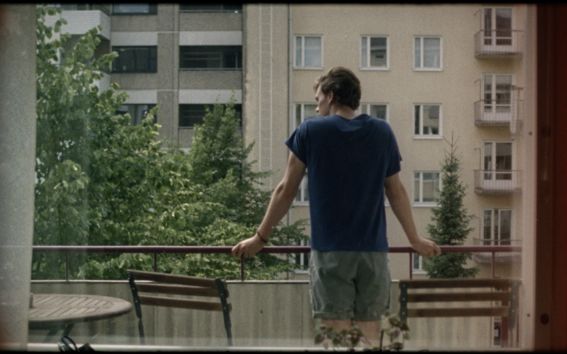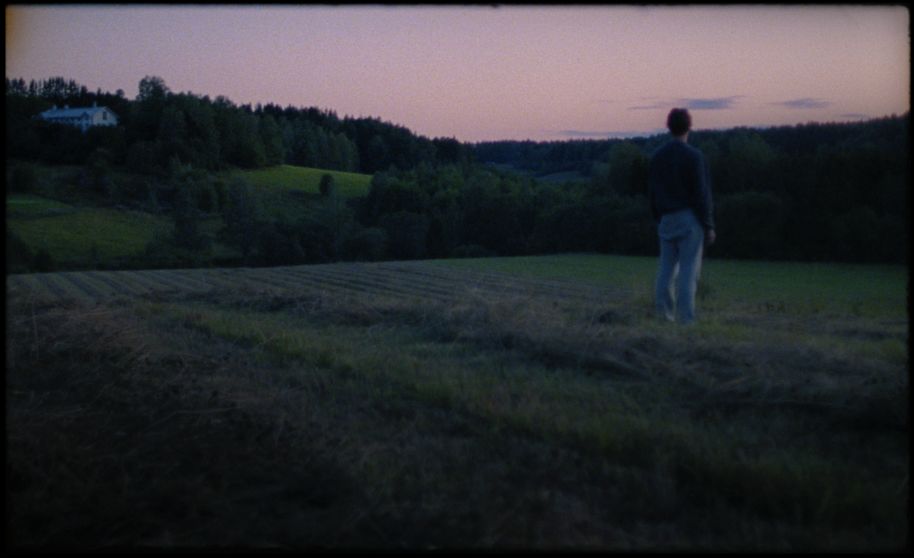Film Silence breaks a taboo

'It all started with the idea of what it would feel like to realise you were sexually attracted to children. I wanted to hear that perspective', recalls director Saara Hakkarainen.
The result was the short film Silence, which premiered in November 2020. In the same year it was selected for the Amsterdam International Documentary Film Festival IDFA.
Coincidence played a role in Hakkarainen's choice of subject. While studying at Aalto University, she read an article on sexuality towards children. In the article, a young person described how, as a teenager, he had realised that he was sexually attracted to children. He said that he would give anything to change his orientation.
Hakkarainen stopped at those words.
'I began to wonder what it would have been like if I had been in the same situation myself when I was young."
A topic close to us
Pedophilia can be a heavy and difficult subject to deal with. As a director, Hakkarainen saw the potential of art: she decided to approach the taboo through the means of film.
She gathered background information from different organisations working around the topic. It was also through these that she found an interviewee who was encouraged to tell his story.

A few questions had to be answered first to build trust between the interviewee and the director. Hakkarainen felt it was important that the interviewee did not accept sexual violence.
There were also safety issues to consider.
'Before we first met we had a long discussion by e-mail. It took several meets before he told me his real name', Hakkarainen recalls.
According to some estimates, there are tens of thousands of pedophiles in Finland, but only a small proportion commit sexual offences. In addition, international studies show that not all perpetrators of sexual offences against children are pedophiles; in half of these crimes, the perpetrator is not a pedophile.
There is still a persistent perception of what kind of person has a sexual interest in children. It may often be thought that the typical pedophile is a lonely, somewhat marginalised, middle-aged male person.
This stereotype does not always correspond to reality: pedophiles are friends, relatives and family members.
'Just like any other person you meet on the street', says Hakkarainen.
She says that this is emphasised by the visual world of the film. The suburb could be located in any small town in Finland. The everyday things and activities seen in the film are familiar to everyone.
Fear and loneliness
In the first scene of the film, we see the director directing the actor and the film crew. This solution is intended to underline the fact that a film is being shot. The original interviewee does not appear in the documentary: the taboo is still strong and the fear of exposure is great.
In the interviewee's youth, pedophilia had been kept silent. He felt alone when information was not available and the image of pedophiles was one-sided.
The idea that art could be a means of addressing this issue was encouraging.
'He thought that someone in a similar situation would see that it is possible to seek help and live a normal life', says Hakkarainen.
According to the director, the feedback on the film has been mainly positive. The subject has been considered wild and courageous, but Hakkarainen says she has not personally received any negative feedback.
The film has been made with the aim of increasing the debate around the topic: to break the silence. When stigma is reduced, the threshold for seeking help is lowered. Hakkarainen points out that it is a win-win situation.
'It is also child protection that a person who feels they need help gets help.'
Film Silence is on Yle Areena (in Finnish)
Text: Venla Välikangas
Read more news

Research Council of Finland establishes a Center of Excellence in Quantum Materials
The Centre, called QMAT, creates new materials to power the quantum technology of coming decades.
Major funding powers development of next-generation machine technology aimed at productivity leap in export sectors
The BEST research project is developing new types of sealing, bearing, and damping technology.
The TAIMI project builds an equal working life – a six-year consortium project seeks solutions to recruitment and skill challenges
Artificial intelligence (AI) is changing skill requirements, the population is aging, and the labor shortage is deepening. Meanwhile, the potential of international experts often remains unused in Finland. These challenges in working life are addressed by the six-year TAIMI project funded by the Strategic Research Council, and implemented by a broad consortium.






